Is refurbishing a building better for net zero than building a new one?
When it comes to an estates response to how an organisation goes green or fulfils net zero carbon targets, building a new building is often the easiest route to take. There have been a plethora of badges and rating systems for many years that take into account a wide variety of factors including BREEAM and LEED certifications, and both universities and private sector property developers have generally embraced all of these for marketing and altruistic reasons. However, 80% of the built environment already exists, and the challenge of what to do with the existing stock is a far more complicated question for building owners.
Universities all over the world have been enthusiastic embracers of ensuring that their new buildings are at the pinnacle of sustainable development. As far back as 2015, Harvard University announced that they had built their 100th LEED-certified space, achieving the highest Platinum rating on the renovation of Esteves Hall at the Business School. This is particularly interesting for two reasons, firstly that the 100th project was a renovation rather than a new build, and secondly that Harvard is a highly technical university.
The latter point is a particular challenge for some higher education institutions. A 2016 study by MIT highlighted the fact that small, liberal arts-focused institutions faced lower barriers towards achieving sustainability goals than larger universities with engineering or science laboratories or medical schools. The reasons for this are simple in that laboratories are generally the most energy-intensive space on campus due to both the equipment in use and the ventilation demands. This means that when setting targets for cutting emissions, one size definitely does not fit all and estates directors should ensure that benchmarking is comparing like with like.
The greenest building is one that already exists
Carl Elefante, former president of the American Institute of Architects
The question around rebuild, retrofit or refurbish is one of the least well-researched questions in the climate debate as it relates to the built environment. However, given that the majority of our built environment already exists, answering it not only has the largest potential capital cost but also the largest potential environmental gain.
Furthermore, while building a new building enables the delivery of a property that ticks all the sustainability boxes, the actual construction of that building carries a considerable environmental cost. A recent Historic England report estimated that the construction of new buildings in the UK emits 48 mega-tonnes of CO2 per annum, which is the same as the total carbon emissions of Scotland. The construction industry is also a huge consumer of often finite resources, with the Building Research Establishment estimating that construction consumes 55% of all the materials produced in the UK. The British Geological Survey estimated that more than 90% of all the minerals extracted in the UK are used by the construction industry. Finally, there is the question of waste, with DEFRA calculating that 61% of the total waste in the UK comes from the construction and demolition of buildings.
However, the problem for those with existing estates remains that the majority of their estate was not built with zero carbon in mind. Furthermore, even when we talk about retrofitting buildings to make them more sustainable we are generally talking about a more significant intervention i.e. ripping out the old and replacing it with the new.
Generally, the path to net zero starts with the question of how to improve energy efficiency e.g. how do we make the heating ventilation systems more efficient? However, a more fundamental question is around the fabric of the building and how it contributes or detracts from its energy efficiency. The moment that the idea of changing the fabric of the building emerges is, however, the moment the question of embodied carbon rises, and this raises the spectre of a massive negative impact, on one hand, to make a positive impact in terms of emissions!
So, if a wholesale refurbishment of an existing building can often be more carbon-intensive than we might want, what are the alternative ways of improving its energy efficiency?
There are actually a lot of relatively small-scale interventions that combined together can make a positive net improvement to the asset’s overall environmental impact. These could include upgrades in lighting, just using the building management systems better, and better education of the building’s users on how to use it most sustainably.
While many of these solutions fall more into the behavioural than operational camp, they can have significant effects on energy usage and CO2 emissions. As ever in the sustainability debate, one of the barriers to adoption of any change is the ability to measure its impact. While minimum energy efficiency standards and Energy Performance Certificates have gone some way towards achieving this, they remain a relatively blunt tool that measures aspiration rather than reality. Looking ahead we expect to see more voluntary use of Display Energy Certificates (DEC), which are records of the actual energy usage of the building. At the moment DECs are only compulsory for public buildings, but we expect that these or a similar measure will become increasingly common in the future. Indeed, we are seeing increasing numbers of multi-let office buildings displaying this information live in their receptions or via staff intranets, so their tenants and users can compare and contrast how their behaviour is having an impact.
More enforcement is now feeling inevitable, with Manhattan recently bringing in a local law that mandates the reduction in carbon emissions in New York City’s largest buildings by 40% by 2030 and 80% by 2050. The potential penalties for not hitting this are significant, up to $1m per annum in some cases.
Improving the existing stock of buildings on our estates is not an option, it is fundamental to the UK’s climate change targets. However, without better measurement, and acceptance that one size does not fit all, we will struggle to achieve it. Universities face some unique challenges here with many historic buildings. Heritage buildings are currently outside the MEES regulations, but this does not mean that interventions are not possible.
Embodied Carbon & Life Cycle Assessment
Life Cycle Assessment examines the carbon over a buildings entire life cycle to estimate its carbon footprint over a fixed period. The key stages in a buildings life cycle are as follows:
- Construction: including minerals extraction, materials being transported, energy consumption as part of the construction process, and waste creation.
- Operation: All the energy usage that relates to the day-to-day running of the building. This will include heating, cooling, lighting, ventilation. Occupant behavioural change is as key in this stage as sourcing of energy and efficiency of plant.
- Maintenance: Consumption of materials and greenhouse gas emissions that are related to maintaining the building’s current performance. This would generally exclude refurbishment.
- Demolition and recycling: All the costs and outputs that are related to the end of the building’s life. Impacts will include both the emissions and the environmental impact of the disposal of materials.
The embodied carbon of a building includes all of the above except Operation
Read the articles within Spotlight: UK Higher Education below.
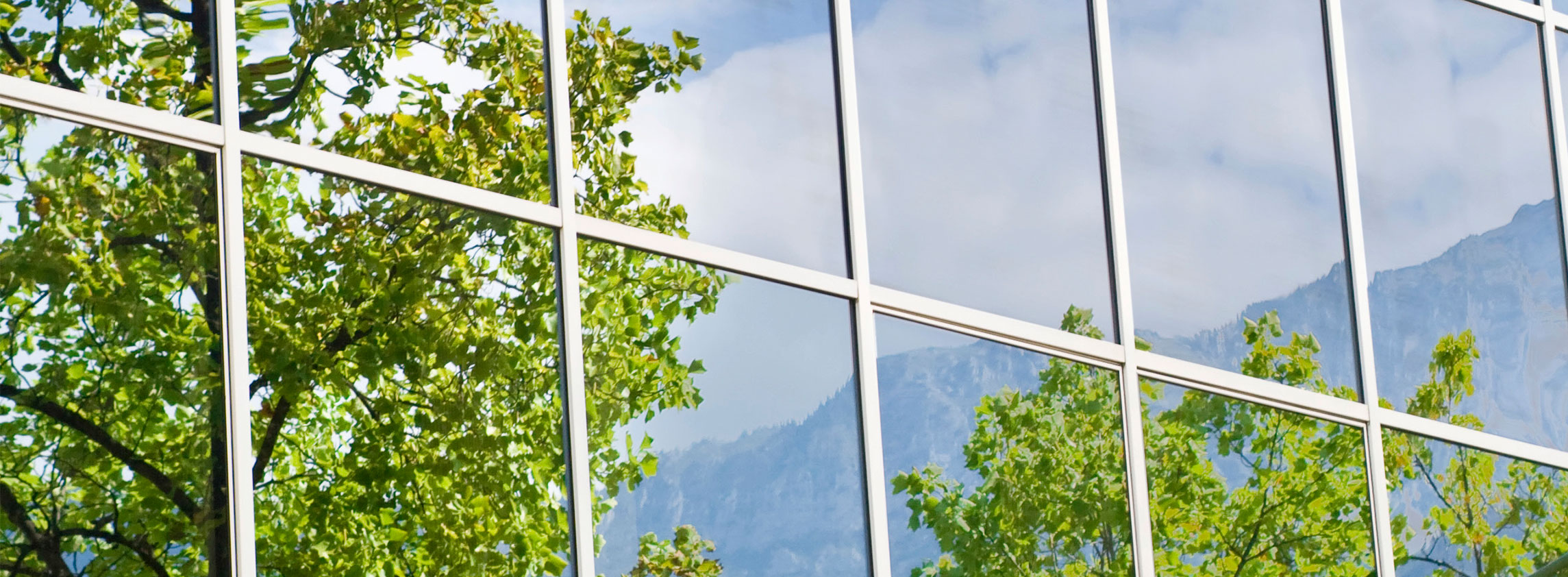

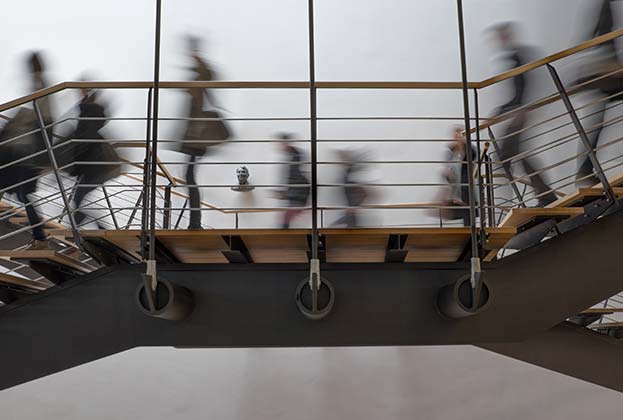
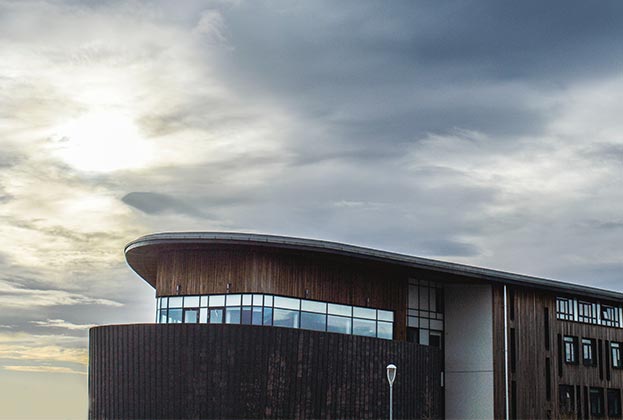
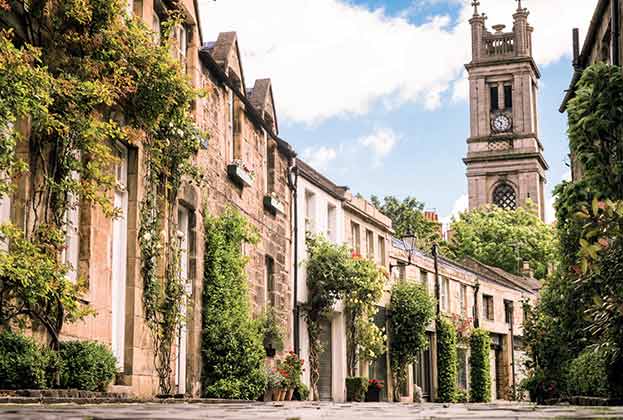
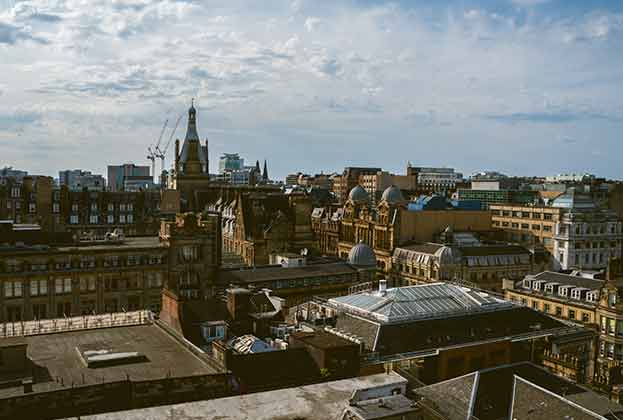
.jpg)
.png)
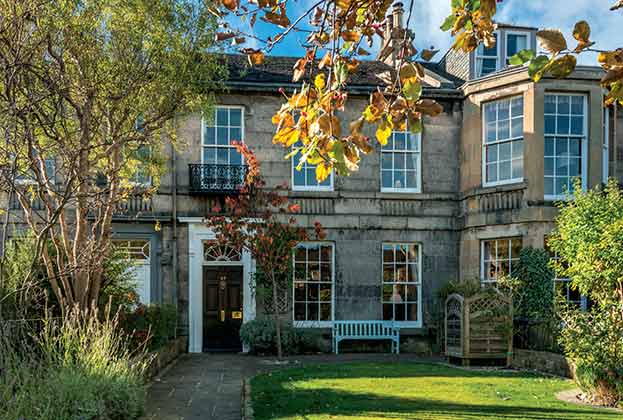
.jpg)